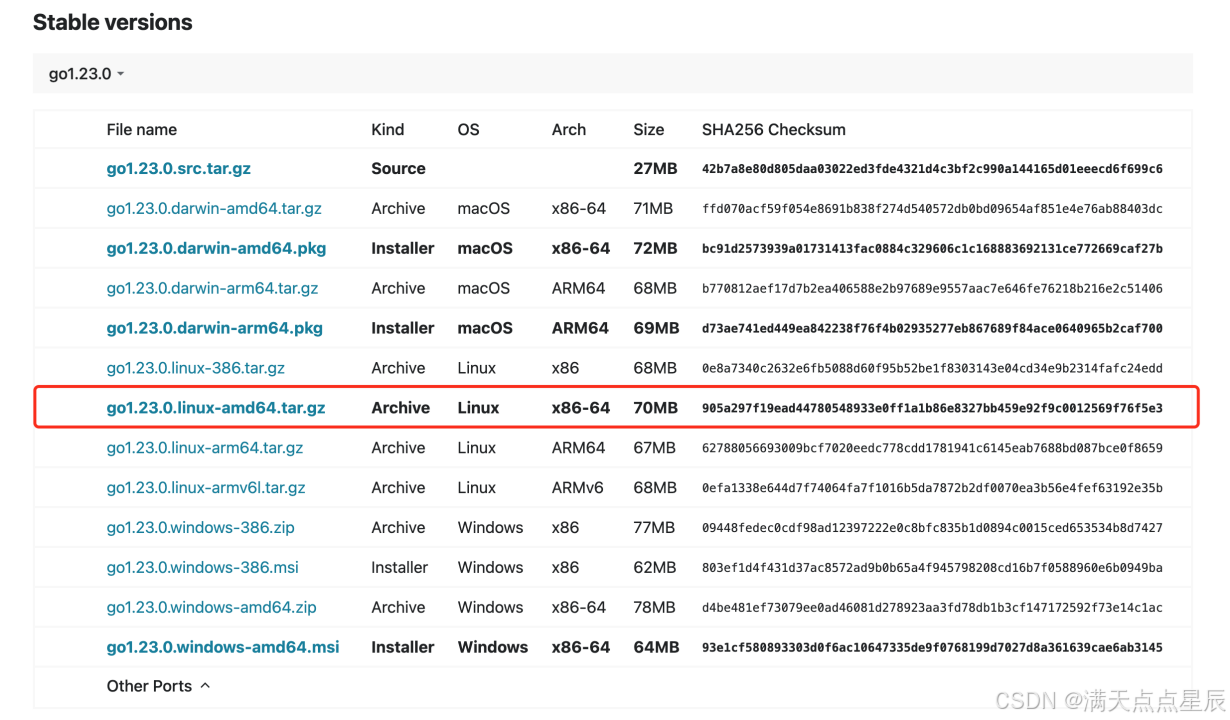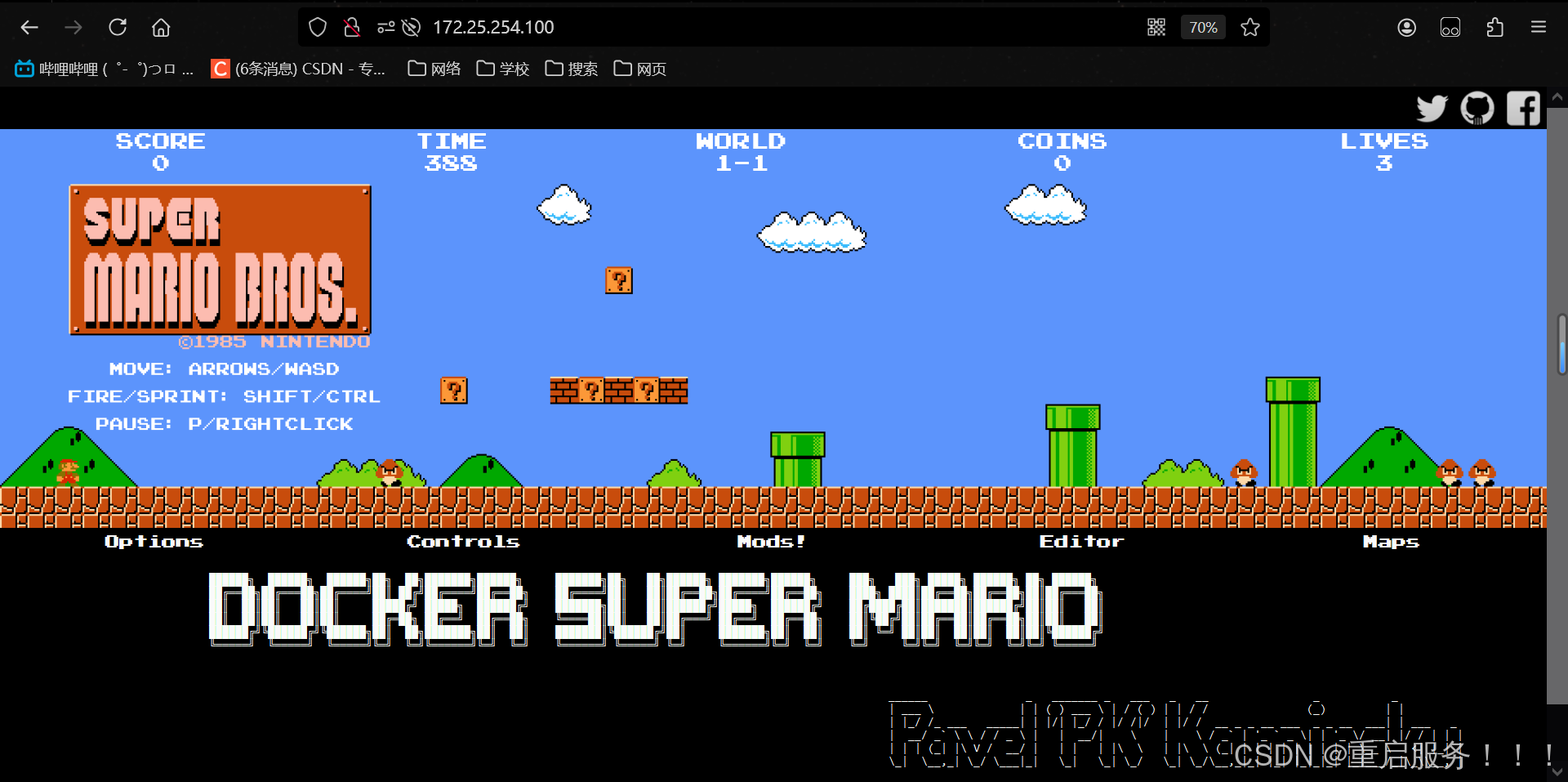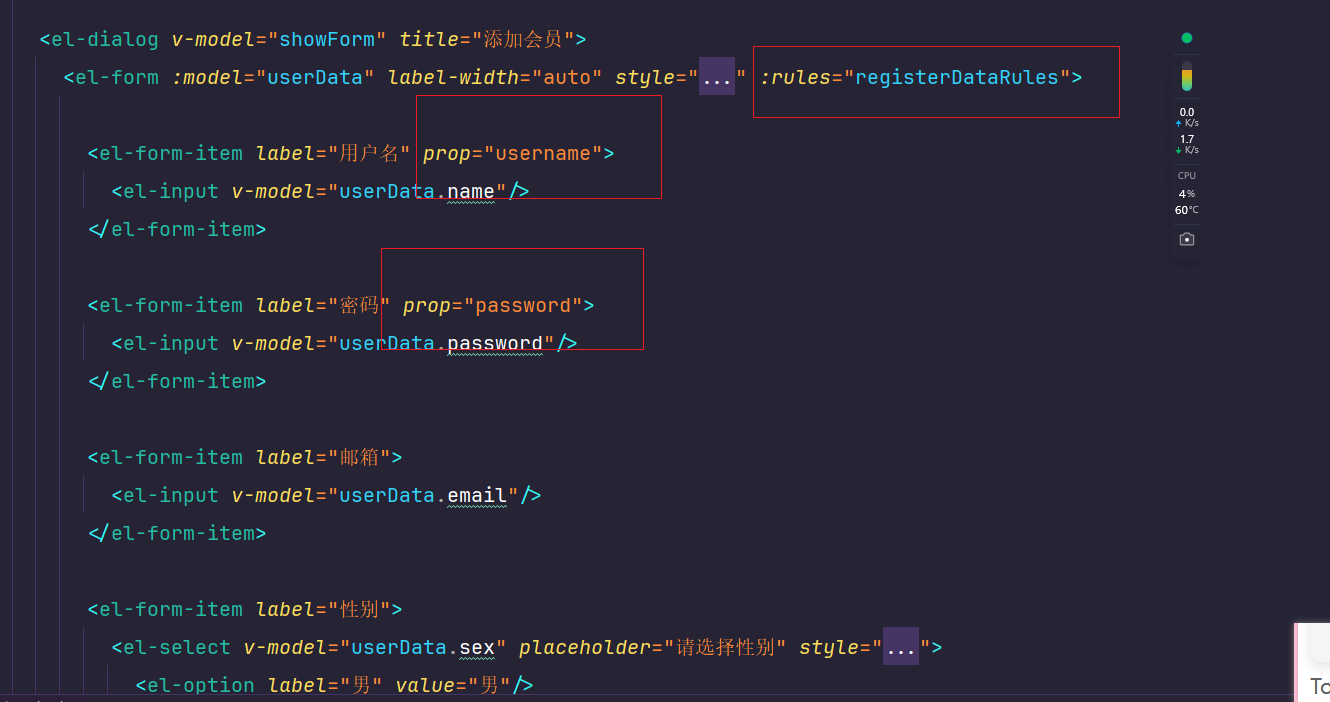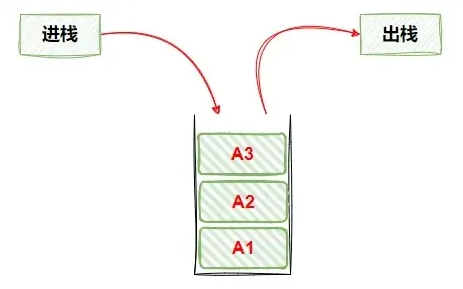堆栈(Stack)是一种遵循后进先出(LIFO, Last In First Out)原则的数据结构。堆栈的主要操作包括压栈(Push)、弹栈(Pop)、查看栈顶元素(Peek/Top)等。C语言标准库并没有直接提供堆栈的实现,但可以使用数组或者链表手动实现堆栈。
测试代码1:
#include "date.h"
#include <stdio.h>
#include <stdlib.h>
#include <stdbool.h>
#define MAX_SIZE 100 // 定义堆栈的最大容量
typedef struct {
int items[MAX_SIZE];
int top;
} Stack;
// 初始化堆栈
void initStack(Stack *s) {
s->top = -1;
}
// 判断堆栈是否为空
bool isEmpty(Stack *s) {
return s->top == -1;
}
// 判断堆栈是否已满
bool isFull(Stack *s) {
return s->top == MAX_SIZE - 1;
}
// 入栈
bool push(Stack *s, int item) {
if (isFull(s)) {
printf("Stack overflow\n");
return false;
}
s->items[++s->top] = item;
printf("Pushed: %d\n", item);
return true;
}
// 出栈
bool pop(Stack *s, int *item) {
if (isEmpty(s)) {
printf("Stack underflow\n");
return false;
}
*item = s->items[s->top--];
printf("Popped: %d\n", *item);
return true;
}
// 查看栈顶元素
bool peek(Stack *s, int *item) {
if (isEmpty(s)) {
printf("Stack is empty\n");
return false;
}
*item = s->items[s->top];
printf("Top element is: %d\n", *item);
return true;
}
int main() {
int time = getTime();
Stack s;
initStack(&s);
// 入栈操作
push(&s, 50);
push(&s, 2);
push(&s, 30);
push(&s, 10);
push(&s, 88);
// 查看栈顶元素
int topElem;
peek(&s, &topElem);
// 出栈操作
int poppedElem;
while (!isEmpty(&s)) {
pop(&s, &poppedElem);
}
return 0;
}运行结果如下:

测试代码2:
#include "date.h"
#include <stdio.h>
#include <stdlib.h>
typedef struct Node {
int data;
struct Node* next;
} Node;
typedef struct {
Node* top;
} Stack;
// 初始化堆栈
void initStack(Stack *s) {
s->top = NULL;
}
// 判断堆栈是否为空
bool isEmpty(Stack *s) {
return s->top == NULL;
}
// 入栈
void push(Stack *s, int item) {
Node* newNode = (Node*)malloc(sizeof(Node));
if (newNode == NULL) {
printf("Memory allocation failed\n");
exit(1); // 或者其他错误处理
}
newNode->data = item;
newNode->next = s->top;
s->top = newNode;
printf("Pushed: %d\n", item);
}
// 出栈
bool pop(Stack *s, int *item) {
if (isEmpty(s)) {
printf("Stack is empty\n");
return false;
}
Node* temp = s->top;
*item = temp->data;
s->top = temp->next;
free(temp);
printf("Popped: %d\n", *item);
return true;
}
// 查看栈顶元素
bool peek(Stack *s, int *item) {
if (isEmpty(s)) {
printf("Stack is empty\n");
return false;
}
*item = s->top->data;
printf("Top element is: %d\n", *item);
return true;
}
// 清理堆栈
void clearStack(Stack *s) {
Node* current = s->top;
Node* next;
while (current != NULL) {
next = current->next;
free(current);
current = next;
}
s->top = NULL;
}
int main() {
int time = getTime();
Stack s;
initStack(&s);
// 入栈操作
push(&s, 11);
push(&s, 80);
push(&s, 35);
push(&s, 38);
push(&s, 62);
// 查看栈顶元素
int topElem;
peek(&s, &topElem);
// 出栈操作
int poppedElem;
while (!isEmpty(&s)) {
pop(&s, &poppedElem);
}
// 如果不再需要堆栈,应该调用clearStack释放内存
// clearStack(&s);
// 本例中,程序将在main函数结束时自动结束,操作系统会回收所有内存。
return 0;
}运行结果如下:


![[RIS]GRES: Generalized Referring Expression Segmentation](https://i-blog.csdnimg.cn/direct/c7b8902dcfe94446af722adfcf47e393.png)

















